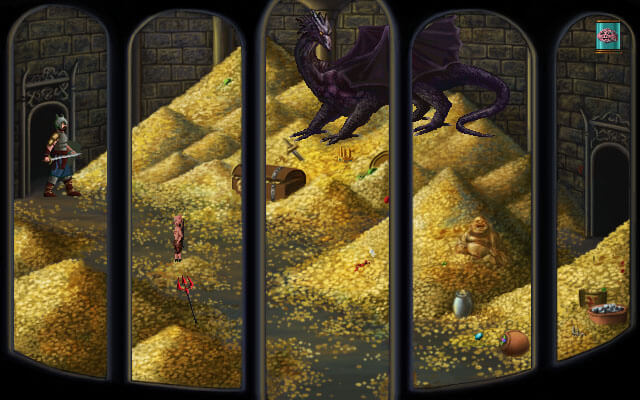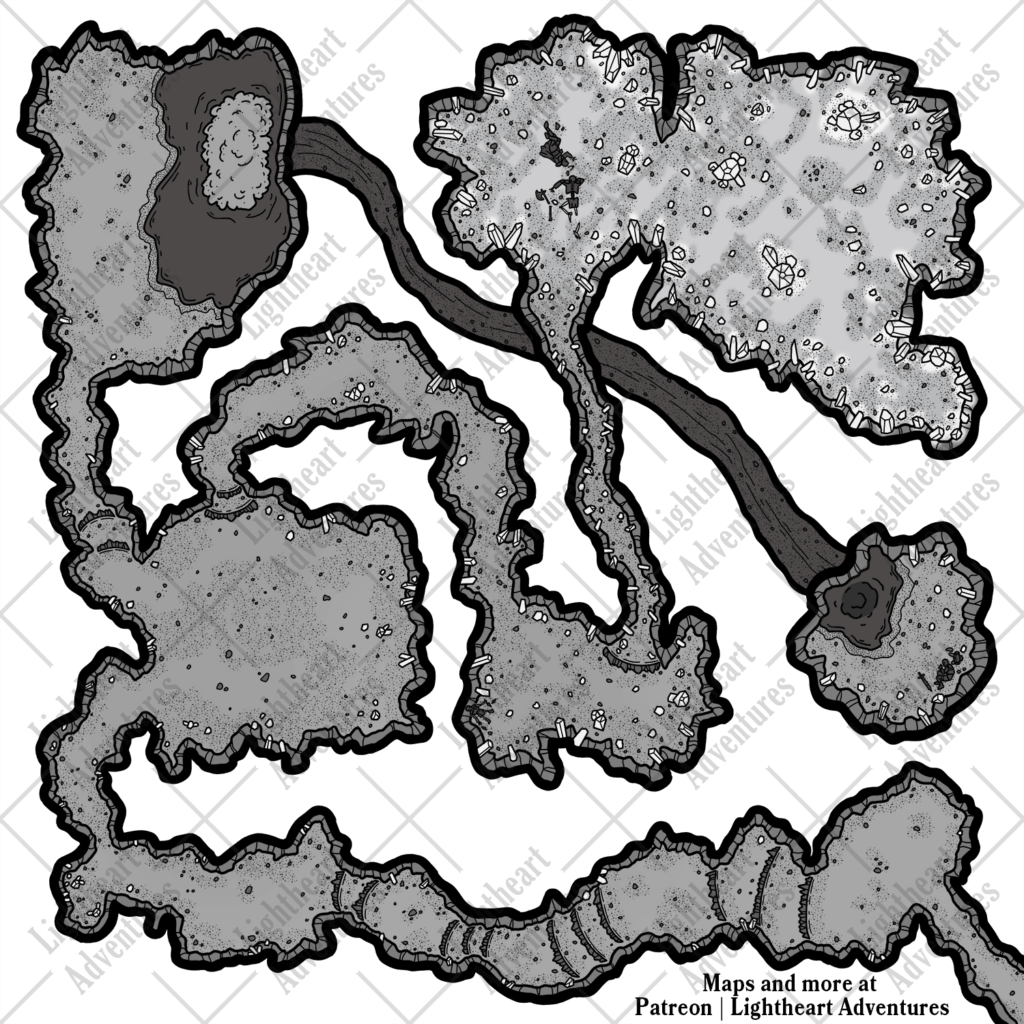

We likely want to ensure there are opportunities for all three pillars within the overall situation.
SEARCH FOR THE CRYSTAL SHARD D AND D SERIES
Ignoring the Boundaries of Exploration, Roleplaying, and CombatĪs our aperture widens and we look at the whole situation instead of a series of encounters, we can also let go of the borders between exploration, roleplay, and combat scenes. Instead of considering our games as a series of tactical combat encounters, we're looking at the bigger picture. We can think of this as though we're widening our aperture when looking at the world. Will the characters sneak in through the well, bluff the guards, cause a distraction, or start lobbing fireballs from the cliff? We don't know. We can call this style of DMing, "building situations" instead of building encounters. When the characters confront the situation, spying on the hobgoblin fort from a cliff overlook, we describe the situation and they decide on their plans. Instead of having a series of carefully balanced combat encounters, we pull back and look at the whole situation.

We don't know if there are any hobgoblins guarding that old well in the back, the one connected to the ancient cistern said to be the home of an ancient and hungry beast. We don't know how many hobgoblin guards will be at the front gates because it changes depending on the time and other situations around the fort.

In this style, gameplay is much more dynamic and heavily improvised. Instead of a series of balanced combat encounters, we might look at a whole hobgoblin fort, decide which hobgoblins are there, what their behaviors are, and how they will react depending on the actions the characters will take. Instead, it, and many DMs who run it, step back and look at the whole situation. The 5th edition of D&D has largely let go of these static combat encounters. Each battle became its own small board game. In published adventures they had two-page spreads with carefully balanced battles against a number of foes in various tactical positions. The 3rd and 4th editions of D&D focused heavily on these sort of combat encounters. If these are combat encounters, there are a number of combatants in these rooms waiting for the characters to show up before they begin to act. Some of them are combat encounters, some exploration encounters, and some roleplay encounters. Many DMs break down their adventures into a series of encounters, each like a scene block, with its own introduction and conclusion built-in. The characters go room to room fighting those monsters. Many times DMs prepare static situations encounter by encounter. If we look at the biggest or smallest moments in 1st level adventures or 20th level campaign conclusions, it comes down to the DM describing the situation, players describing what they want to do, everyone rolling some dice, and the DM describing the results. This cycle is what makes our D&D games run.


 0 kommentar(er)
0 kommentar(er)
